Create an AI Image Generator: Your DIY Guide
Discover how to create an AI image generator from the ground up.
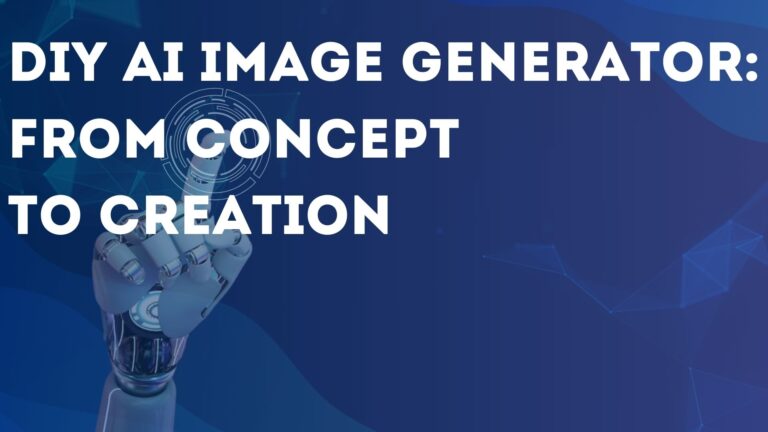
When it comes to image generators, major market players like Midjourney, DALL-E, Fotor, Lexica, and others come to mind. Developed by large companies, they are leaders in their segment. The appeal of the AI niche prompts the question: how to make an AI image generator without coding experience?
Any image generator is essentially a bot that requires meticulous development. The ability to understand tasks, user text queries, and the overall process demands IT knowledge. Developing such a sophisticated tool involves understanding various aspects of artificial intelligence, including natural language processing and computer vision, to generate images based on user inputs. This process necessitates a deep understanding of algorithms, info processing, and the integration of different technological components.
In this article, we will explore how you can develop a fully functional AI image generator without the need for knowledge of programming languages or machine learning. By leveraging the expertise of specialized IT professionals and comprehensive service providers like Scrile, you can turn your vision into reality. These professionals handle the complex technical aspects, from dataset and model training to the deployment and maintenance of the AI system.
We will guide you through the key steps involved in creating an AI image generator, highlighting the importance of each phase. You’ll learn how to define your requirements, choose the right service provider, and collaborate effectively to ensure that the final product meets your expectations. Whether for personal use or business applications, you’ll discover how accessible and feasible it is to bring advanced AI solutions to life without delving into the technical intricacies yourself.
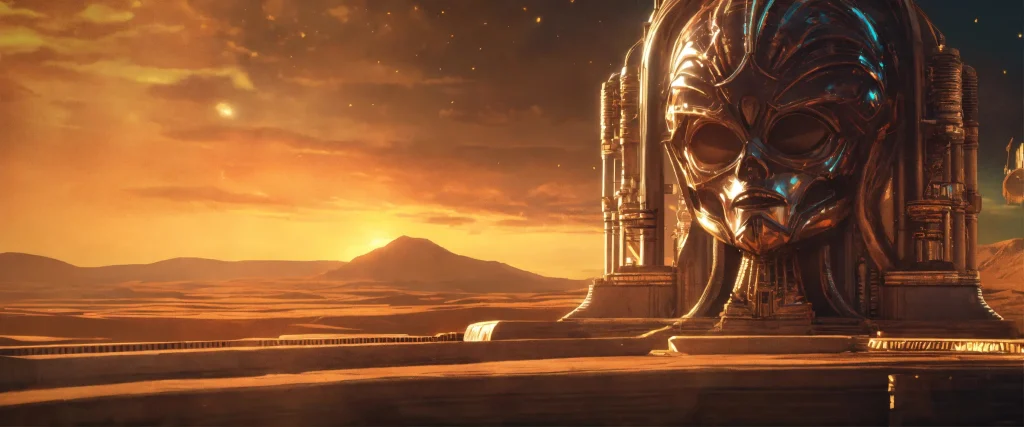
AI image generator: basics
Image generators operate on the fundamental principles of machine learning, a branch of artificial intelligence that enables systems to learn from information and improve their performance over time. These sophisticated algorithms are trained on vast datasets containing images and corresponding text descriptions, allowing them to understand the relationship between textual input and visual output.
When a user provides a text description or prompt to an image generator, the underlying machine learning model interprets this input and generates an image that aligns with the provided description. This work involves complex computations and algorithms that analyze the semantics of the text, identify relevant visual elements, and synthesize them into a cohesive image.
Through the iterative operation of training on diverse datasets, image generators learn to recognize patterns, styles, and concepts inherent in the textual descriptions. This enables them to generate images that not only reflect the specific details mentioned in the text but also exhibit creativity and artistic flair.
The ability of image generators to seamlessly translate textual descriptions into visually compelling images has profound implications across various industries. From graphic design and advertising to entertainment and education, these AI-powered tools are revolutionizing the way we generate and interact with visual content. As machine learning algorithms continue to advance, the capabilities of image generators are expected to evolve, unlocking new possibilities for creative expression and innovation.
Steps in training an AI generator.
Dataset collection.
The initial step in developing an image generator involves gathering a sizable dataset comprising images paired with corresponding text descriptions. These images can be sourced from various places, including the internet or specialized datasets, and are meticulously annotated to provide context for the machine learning model. This dataset serves as the foundation for training the image generator, enabling it to learn the relationship between visual content and textual descriptions.
Data preprocessing.
The information preprocessing stage plays a crucial role in refining the dataset to enhance the effectiveness of training. During this phase, several techniques are employed to clean and operation the information, ensuring its suitability for training purposes. One such technique involves resizing images to a standardized format, thereby ensuring uniformity and consistency across the dataset.
Additionally, text descriptions undergo normalization, a transformation that involves standardizing the formatting, removing irrelevant characters or symbols, and resolving any inconsistencies in language or terminology usage. By meticulously cleaning and processing the database in this manner, the quality of training is significantly improved, enabling the machine learning model to better understand and learn from the input info.
This meticulous attention to dataset preprocessing not only enhances the accuracy and reliability of the trained model but also ensures that it is capable of effectively generalizing patterns and relationships from the dataset to new, unseen data instances.
Model architecture.
The most commonly used models for image generation include GANs (Generative Adversarial Networks) and diffusion models. Recently, transformers (such as DALL-E from OpenAI) have become particularly popular.
Training.
The model is trained on the collected info using gradient descent and back propagation methods. The goal of training is to minimize prediction error.

How are images generated?
Text input.
The user sends a message specifying the theme of the image. For example, “a black labrador playing on the beach.” The more text information the user provides, the more detailed and accurate the resulting image will be.
The query can even specify the image style: watercolor, pencil drawing or photorealism.
Transforming the text query.
The text description is converted into a numerical representation using natural language processing (NLP) models. This is where the magic begins.
Generating the image.
Using the trained model, a photo or picture is generated based on the user’s request. This work may involve several stages to improve the quality and accuracy of the image.
Post-processing stages.
Filtering.
The image is passed through filters to enhance quality and increase realism.
Enhancement.
Sharpening the drawing and removing artifacts from the image.
Final.
The image resulting from processing the query is provided to the user. Depending on the settings of the AI generator and the user’s preferences, the image can be further adjusted based on additional messages.
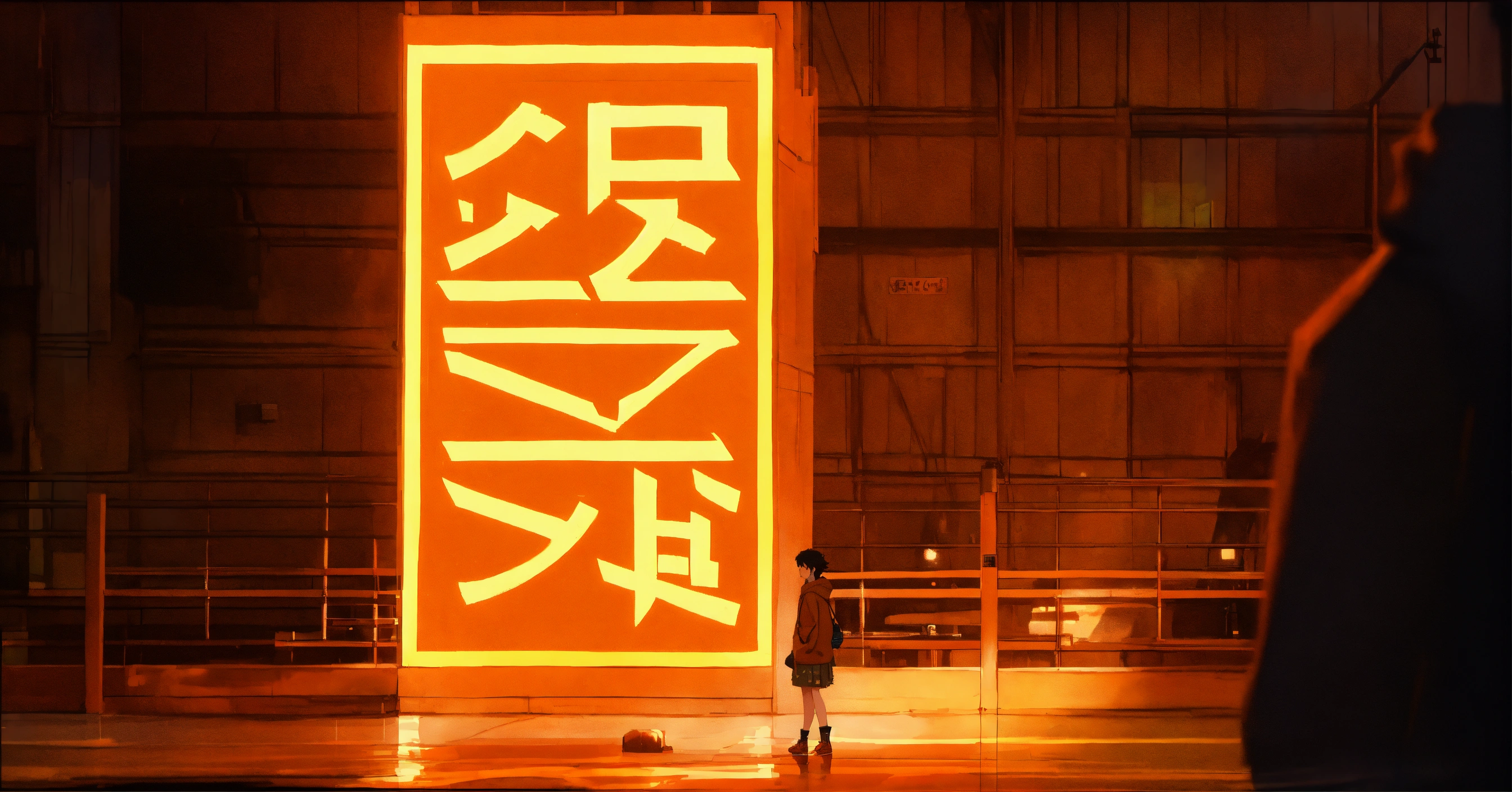
Where are AI image generators used?
It may seem incredible, but image generators are already being used everywhere. From developing designs for advertising materials to architecture and fashion, these tools have revolutionized various industries by automating and enhancing creative processes. The capabilities of AI image generators are vast, allowing for the rapid production of high-quality visuals tailored to specific needs and preferences.
Let’s delve into the fields where AI image generators have found widespread application
Art.
Artists use AI generators to build unique canvases and characters for their paintings.
Graphic Design.
AI assists in creating creative designs for marketing, branding, and advertising.
Entertainment.
- Video Games. AI generates characters, textures, and environments in the game world.
- Movies and Animation. AI builds animated characters and realistic visual effects.
Fashion.
- Design Prototyping. AI generates new designs and patterns.
- Virtual Fitting. AI helps visualize potential designs on models.
Architecture.
Creation of possible building designs and realistic interior images.
Education.
Creation of diagrams and educational illustrations, including for interactive learning platforms.
Virtual Reality (VR) and Augmented Reality (AR).
- Immersive Experiences. Generating realistic environments and objects for VR and AR applications.
- Training Simulations. Creating detailed simulations for educational purposes.
Overall, AI is utilized across a spectrum of creative endeavors, ranging from the development of textbook designs and book illustrations to the conceptualization of clothing designs, game environments, architectural visualizations, and even within the film industry. Its versatility spans various domains, empowering professionals to streamline their workflows, unleash their creativity, and elevate the quality of their output.
The allure of this niche is undeniable, capturing the attention of investors seeking promising ventures in the ever-evolving landscape of technology and creativity. AI image generators not only captivate and entertain users with their remarkable capabilities but also present lucrative opportunities for monetization. As businesses and individuals alike recognize the potential of AI-driven solutions to enhance their creative endeavors, the demand for such tools continues to surge, driving innovation and investment in this dynamic field.
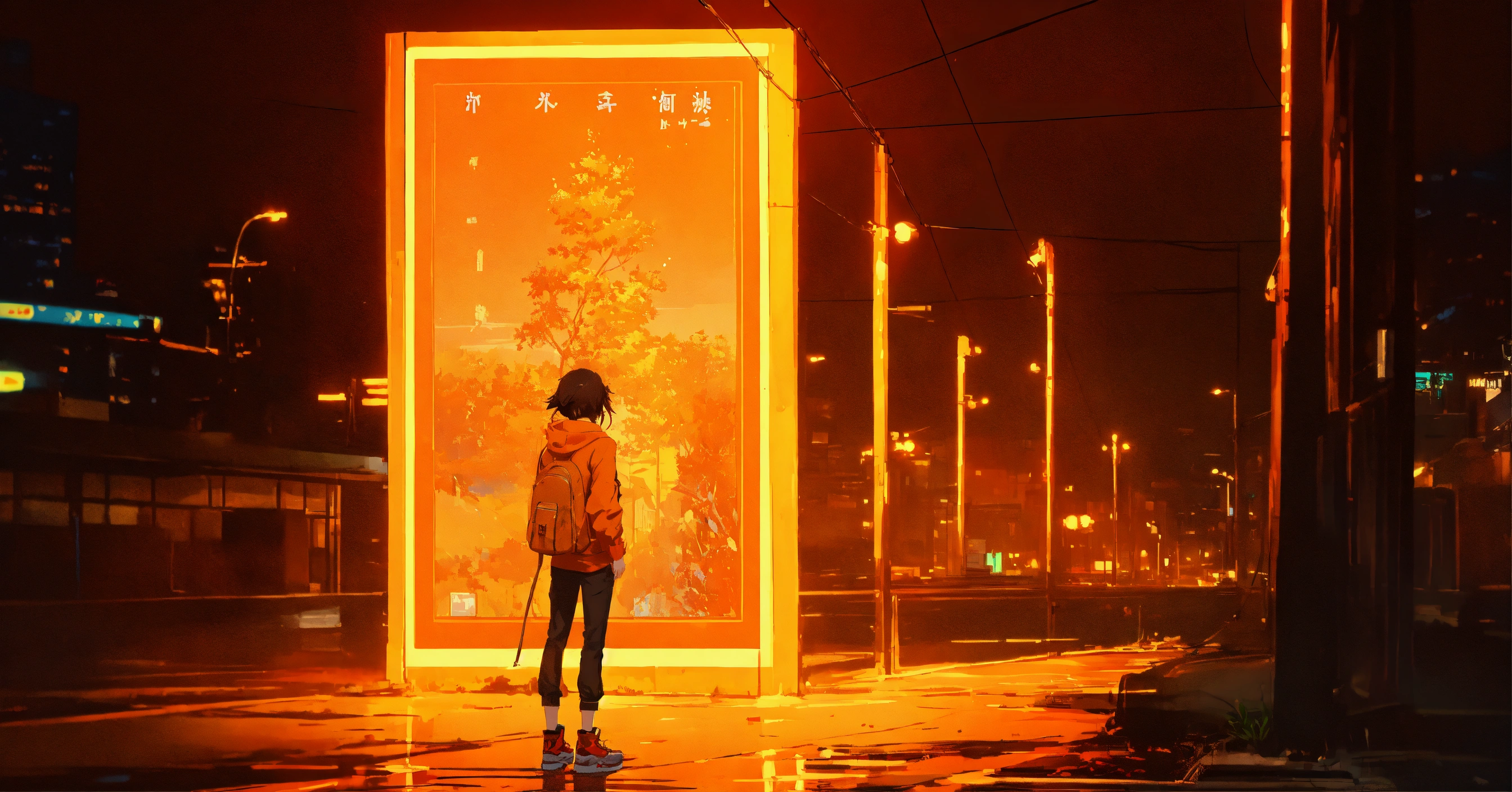
How can you monetize an AI image generator?
Monetizing AI image generators can be achieved through a myriad of strategies, each tailored to suit the specific needs and objectives of the target audience and application area. The versatility of these tools opens up numerous avenues for generating revenue and capitalizing on their potential. Below, we outline several key approaches to monetization:
Subscription Models
- Subscription Services. Companies can offer access to their AI image generators on a subscription basis, providing users with a certain number of image generations per month or unlimited access.
- Tiered Subscriptions. Offering different subscription levels that include various features such as image resolution, generation speed, and additional editing tools.
Selling Licenses
- Commercial Use. Selling licenses for the commercial use of generated images, which can be used in advertising, marketing, publications, and other commercial projects.
- API Licensing. Providing API access to AI generators for other companies, allowing them to integrate this technology into their own products and services.
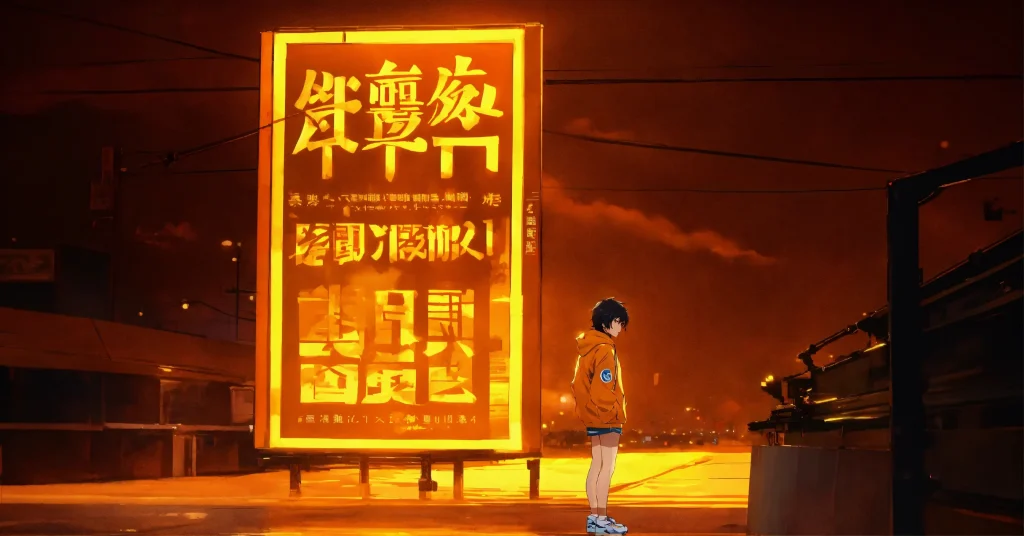
Marketplaces and Image Selling Platforms
- Selling Ready-Made Images. Creating and selling unique generated images on digital product marketplaces such as Adobe Stock, Shutterstock, and others.
- Custom Orders. Taking orders for forming personalized images based on clients’ requests, which is particularly relevant for illustrators and designers.
Advertising and Marketing
- Affiliate Programs. Partnering with brands and agencies to generate advertising campaigns using AI image generators.
- Marketing Agencies. Establishing specialized agencies that provide AI-based content creation services for marketing needs.
Educational and Training Platforms
- Online Courses and Training. Developing and selling courses on using AI image generators, teaching users how to generate high-quality content.
- Educational Licenses. Providing educational institutions with licenses to use AI generators for teaching purposes.
Creative and Artistic Projects
- Selling Artworks. Artists can sell AI-generated works as digital paintings or physical prints.
- Galleries and Exhibitions. Organizing exhibitions where works constructed with AI are displayed and sold at such events.

Developing Applications and Tools
- Mobile and Web Applications. Crafting and selling applications that allow users to generate images using AI on their devices.
- Plugins and Extensions. Developing plugins for popular programs like Photoshop that integrate AI generator capabilities.
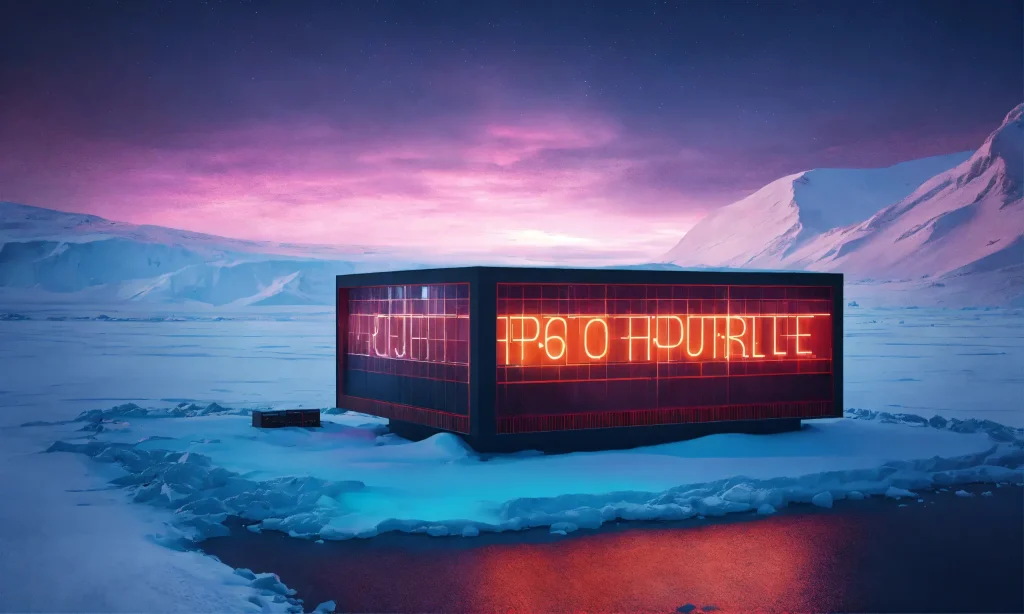
Integration with Other Technologies
- VR and AR Applications. Using AI generators to construct content for virtual and augmented reality.
- Gaming Industry. Integrating AI generators to create unique game worlds, characters, and other elements.
These strategies empower companies and individual entrepreneurs to effectively monetize AI image generators by capitalizing on their immense potential across diverse industries. By strategically leveraging the capabilities of AI technology, businesses can unlock new revenue streams and expand their market reach.

Developing an AI Image Generator
Advancements in technology and the growth of IT services enable the rapid creation of high-quality, ready-to-use products. Today, you don’t need to have expertise in machine learning or programming languages. All you need to do is reach out to professionals in the field.
For instance, Scrile offers a comprehensive range of services to clients, including the integration of AI into existing platforms or the creation of new services from scratch.
You can easily build an AI bot for generating images that fully meets your specifications. Any functionality you desire can be effortlessly implemented by the Scrile team.
Key Advantages of Scrile
Scrile stands out in its ability to provide clients with an extensive array of options for developing IT solutions, regardless of complexity. Whether you have a clear vision of your project or need guidance in conceptualizing your idea, Scrile is equipped to transform your vision into a tangible reality. The company’s commitment to innovation and excellence ensures that no challenge is too daunting, and no idea is too ambitious to be realized.
Whatever your requirements may be, Scrile possesses the expertise and resources to deliver tailored solutions that precisely meet your needs. From AI-powered scripts for generating images to advanced software applications, Scrile’s team of seasoned professionals is dedicated to delivering cutting-edge solutions that exceed expectations.
With a wealth of experience in artificial intelligence and a diverse skill set, the Scrile team is well-positioned to tackle projects of any scale and complexity. By leveraging the latest technologies and best practices, Scrile ensures that its clients receive solutions that are not only technically robust but also innovative and future-proof.
When you choose Scrile as your partner, you can trust that your project will be in capable hands. From initial consultation to final point and beyond, Scrile is committed to providing unparalleled service and support, ensuring your success every step of the way.
All you need to do is click a button.
What other possibilities does Scrile offer?
Quick deployment of robust AI solutions.
We specialize in developing robust AI solutions that are not only powerful but also agile enough to adapt to changing biz requirements. Our streamlined development technique ensures that your AI solutions are deployed quickly and efficiently, allowing you to start reaping the benefits sooner.

End-to-End Support.
We believe in providing comprehensive support to our clients from concept to launch and beyond. Our customer support team of experts will work closely with you throughout the entire development work, providing guidance, support, and expertise every step of the way. We’re committed to ensuring the success of your AI initiatives and will be with you every step of the journey.
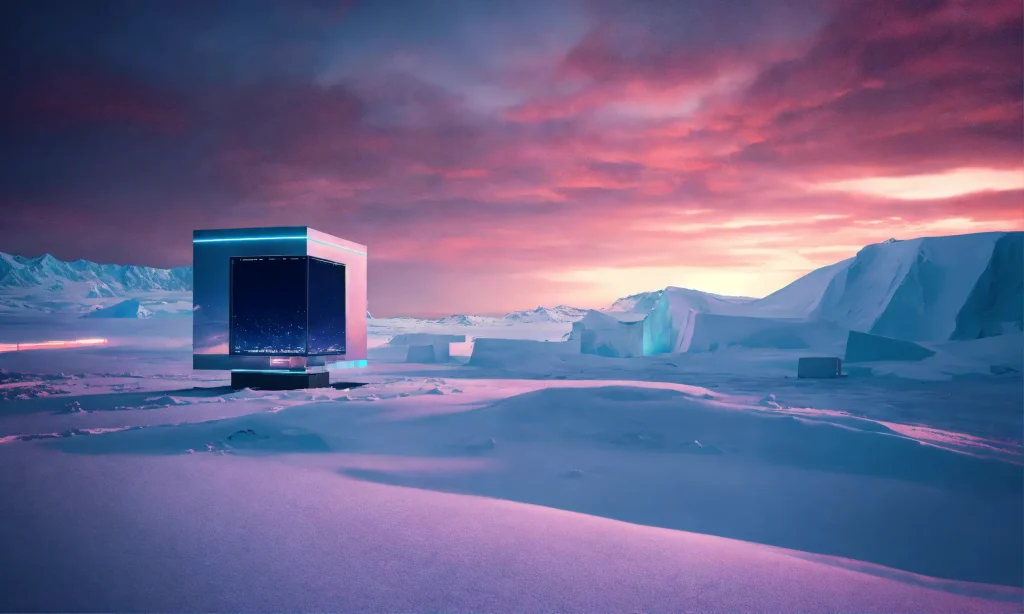
Fully customizable solutions that grow with your business.
Our AI solutions are designed to be scalable and flexible, allowing them to grow and evolve alongside your business. Whether you’re a small startup or a large enterprise, our solutions can be customized to accommodate your changing needs and scale seamlessly as your business grows.
FAQ
How are AI image generators made?
AI image generators are trained on extensive datasets comprising thousands or even millions of images. These datasets supply the essential input info, enabling the artificial neural networks to learn different aspects and characteristics of the images.
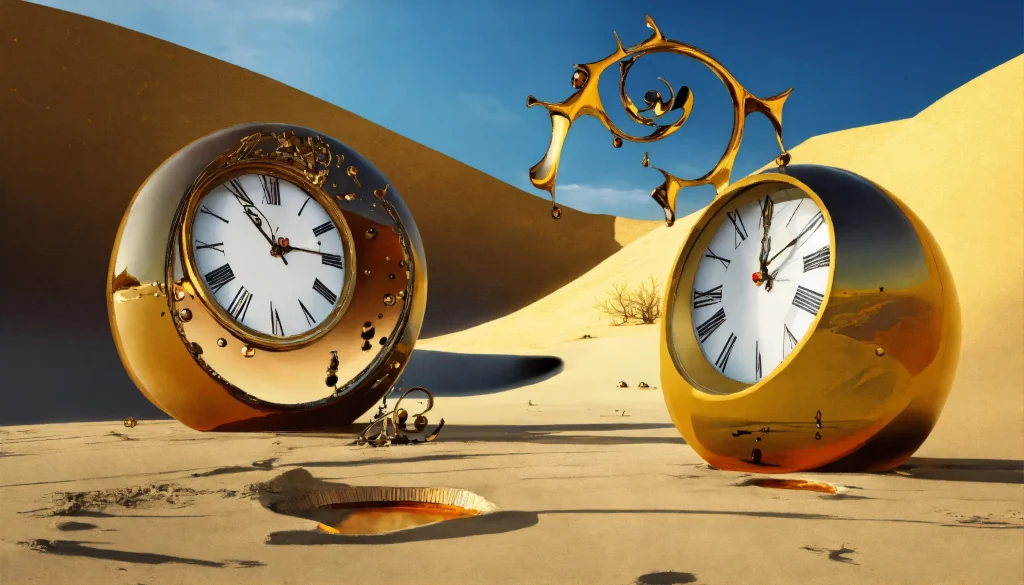
How are people making AI images?
People are crafting AI images using advanced machine learning models, particularly those involving deep learning and generative adversarial networks (GANs).
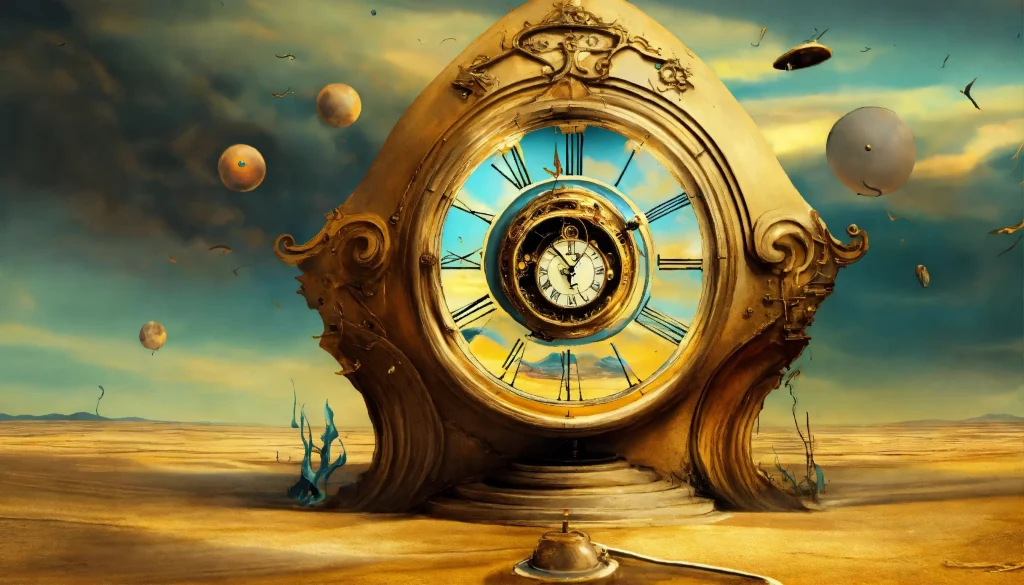
What is the best AI image generator?
The best AI image generator is, of course, the one that fully meets your requirements. You can opt for ready-made solutions, though they often come with many limitations, such as usage fees and restricted functionality. However, you can also create your own AI image generator, tailored for personal use or business needs. For instance, the Scrile’s team is always ready to develop a custom AI Chatbot for image creation for you.
Read also
AI Porn Generators: Exploring the Technology
Discover how AI porn generators work, the ethical considerations, and the impact of this technology on the adult industry.
How to Create an AI Bot: Step-by-Step Guide
Get a step-by-step guide on how to create an AI bot, covering everything from initial design and development to deployment and optimization.
Text-to-Speech with Emotion: Enhancing Speech Synthesis
Explore how text-to-speech technology can incorporate emotions to create more natural and expressive speech synthesis.
AI Response Generator: Automating Conversations
Discover how AI response generators can automate conversations, providing quick and accurate replies for customer service and other applications.
Best AI Personal Assistant: Top Choices Reviewed
Find out the best AI personal assistants available, comparing features, benefits, and user experiences to help you choose the right one for your needs.

Rattling fantastic info can be found on web blog.